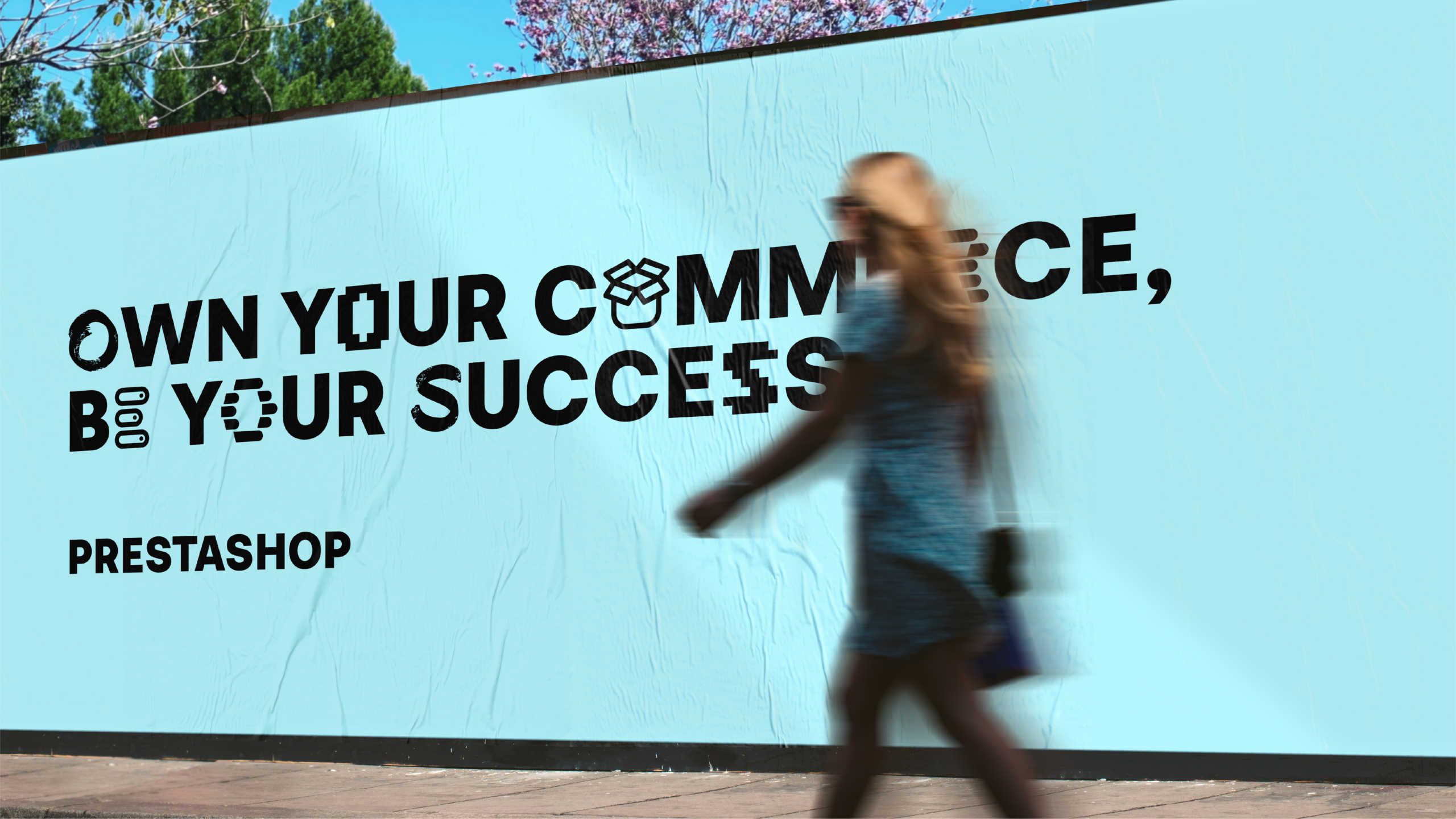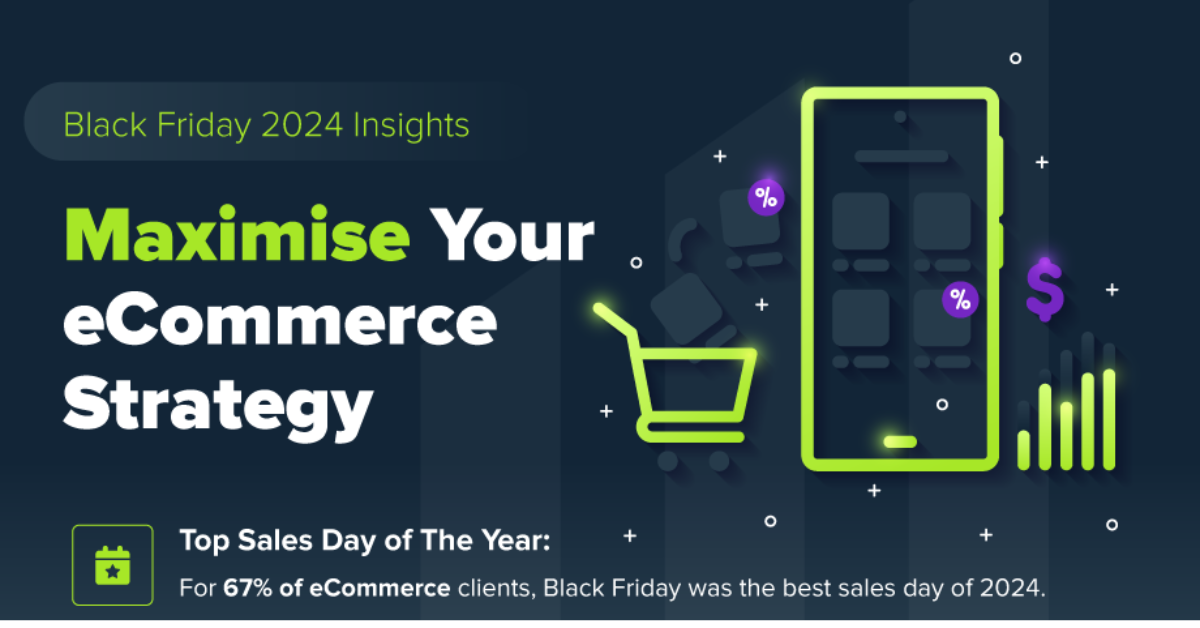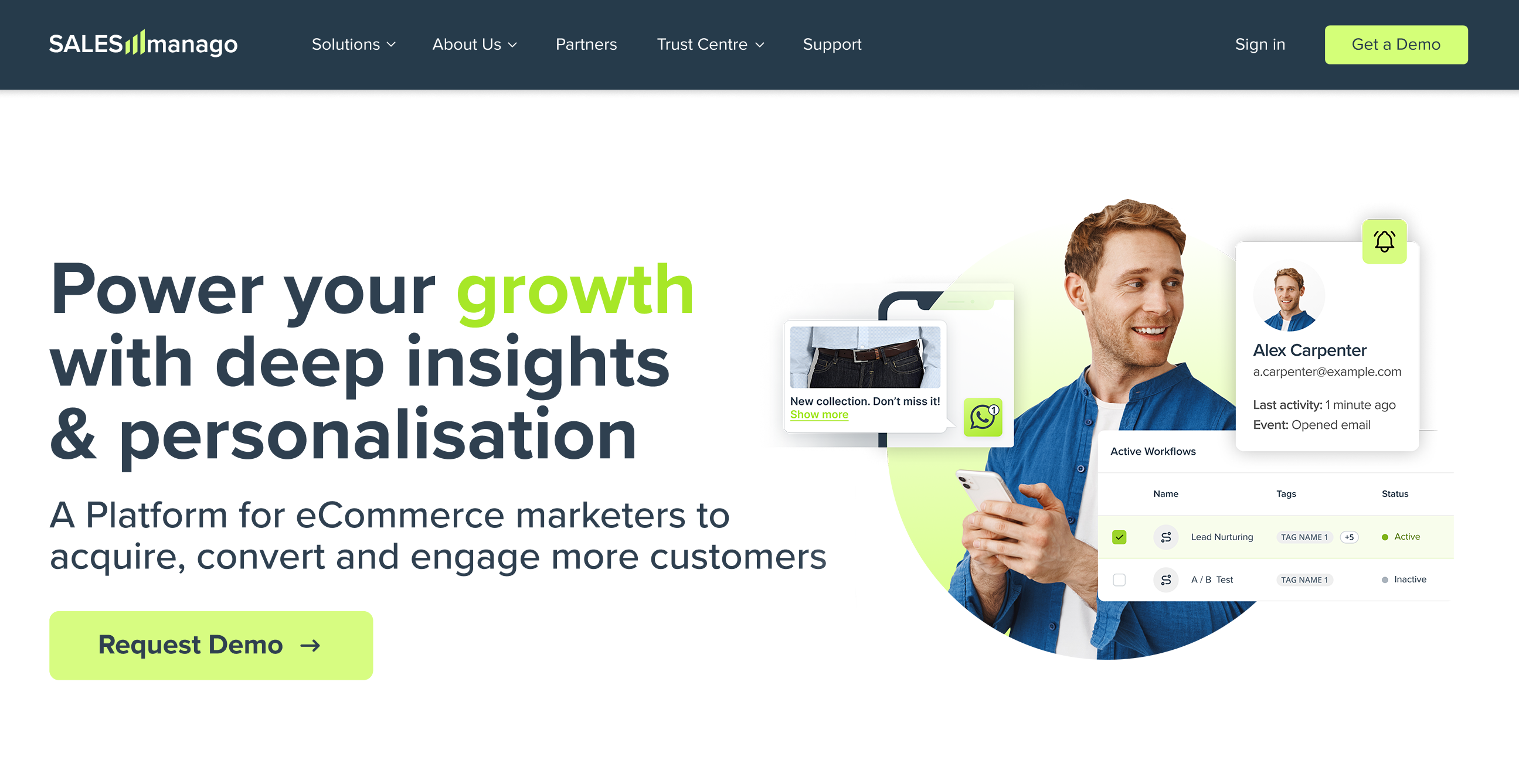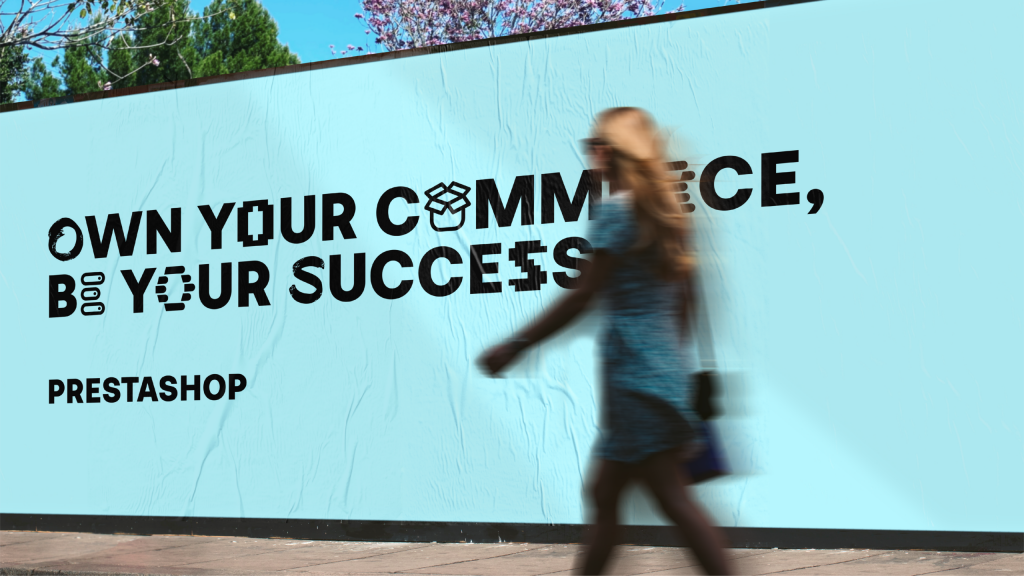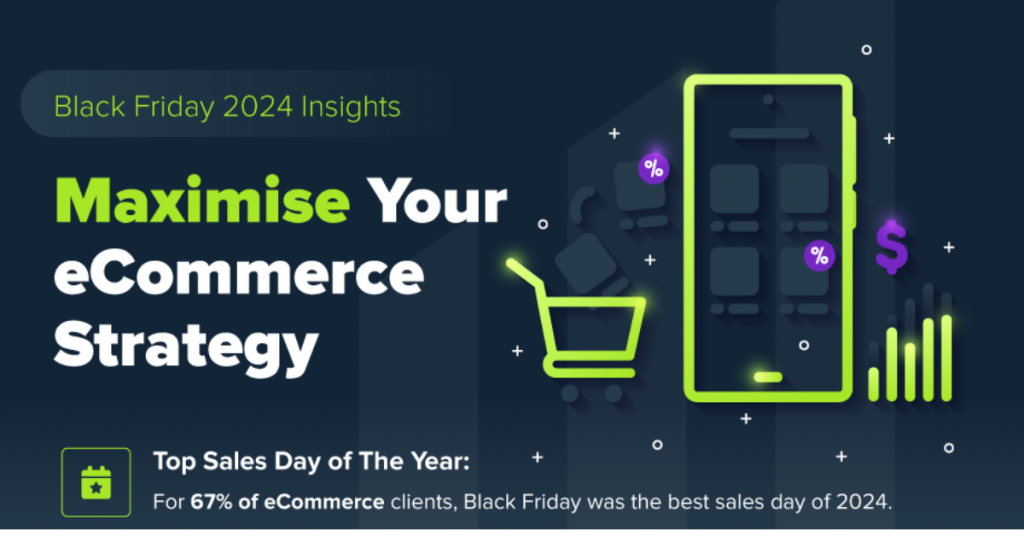Controversies in marketing and advertising, or the so-called shockvertising, is a strategy as old as marketing itself. A lot of companies doesn’t mind spicing their campaigns with a little controversy, for better or for worse, and other businesses unintentionally cross the boundaries of good taste and expose themselves to criticism and boycotts. Why marketers are so fond of controversy, what ads were the most controversial in the last years and finally… does it really work?!
The recipe for controversy
Basically one of the most common ingredients of a controversial ad is enough – politics, sex, religion, violence, racial, social and gender issues, stereotypes – and a provocative campaign is ready. Addressing one of those topics will guarantee an extra publicity because in the era of internet such content spreads in a flash. The media loves this kind of sensation, and social media are full of supportive and negative opinions. It’s an extra press for the company: this level of media coverage is worth a fortune! As the celebrities’ favorite sentence says: any press is good press. But this is a risky strategy – it’s very easy to overdo it, and one false step can lead to disastrous effects for the company. It’s not hard to create a scandal with an ad. The thing that is really hard is to avoid a PR catastrophe.
A fail or an intentional provocation?
In the case of many marketing campaigns that stir up scandals, it’s not really clear if it’s a casual fuck-up or an intentional move. Many speculations arise: that the brand intentionally breaks a taboo or emits a provocative campaign hoping for an additional publicity, and minimizes the negative aftermaths by publishing statements with apologies and ensuring that they absolutely didn’t want to disrespect anyone. But there still is the question – in the case of a company that employs an army of marketers and PR specialist, and plans every campaign carefully during months, is it possible to release a disastrous campaign without realizing it?
Intentional or not, advertisement failures happen all the time, even when it comes to the biggest brands. Every time it causes a sensation (as we love to know that even the best make mistakes) and is commented on social media with a great enthusiasm.
Examples?
This Nivea social media post that caused outrage and racism accusations:
Fast food ads blamed for sexism and misogyny:
In many cases, the brands use provocative content in their campaigns on purpose. A good example of advertising that intentionally employs social issues is this year’s Nike campaign. You wouldn’t call the ads with the well-known slogan Just Do It “controversial”, but the real source of controversy here is the face of the campaign, controversial American football player Colin Kaepernick, known for protesting against social injustice during games. Loved and hated (and accused of disrespecting national anthem, because he kneeled as a form of protest while USA anthem was played), so it’s not a surprise that in the polarized American society the ad was praised from one side and criticized from the other. And the result? It seems that Nike has correctly calculated the profitability of controversy in the case of this campaign. The sales and the number of followers in social media have risen in spite of the brand’s boycotts. It looks like Nike knows their customers well and knows that it doesn’t have clients in the group that doesn’t approve Colin Kaepernick’s attitude. It’s an example of good and well-thought use of controversy in brand communication, and what is more important – quite successful.
Believe in something, even if it means sacrificing everything. #JustDoIt pic.twitter.com/SRWkMIDdaO
— Colin Kaepernick (@Kaepernick7) 3 września 2018
On the opposite of this campaign, there is the Pepsi 2017 ad with Kendall Jenner. At a first sight, those campaigns are similar. The celebrity, the important social issue (the ad alludes to the Black Lives Matter movement), famous and renowned brands. But the Pepsi ad brought very different outcome than the Nike campaign. Why? The ad shows the celebrity that calms the tensions between protesters and the police by… handing a policeman a can of the soft drink. Unlike the Nike campaign, in the case of Pepsi advert, important social issues were objectified and treated superficially, moreover, the choice of the face of the campaign is not very convincing. The ad caused negative reactions and was quickly removed.
Controversy sells?
In the case of Nike campaign controversy appeared to be a very profitable strategy. A well-chosen message played a huge role here. It aroused very positive emotions among brand supporters and outraged its adversaries. And this is how it is supposed to work – if you have to make enemies, do it among people that don’t buy your product.
So how is the thing with controversy – does it work or not? There is no doubt that reaching for controversy and provocation often brings positive effects for the company. Otherwise, this strategy would not be so popular. Despite the high risk of fails, the vision of additional promotion, quick and easy publicity is very tempting. The controversy makes us talk about the ad, and we remember it better. It is difficult to achieve this effect by other means, so probably the times of provocative advertising is not over yet.




 Follow
Follow


